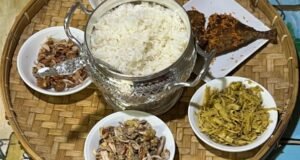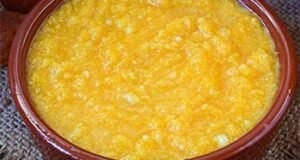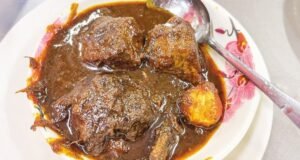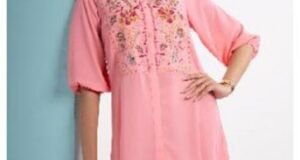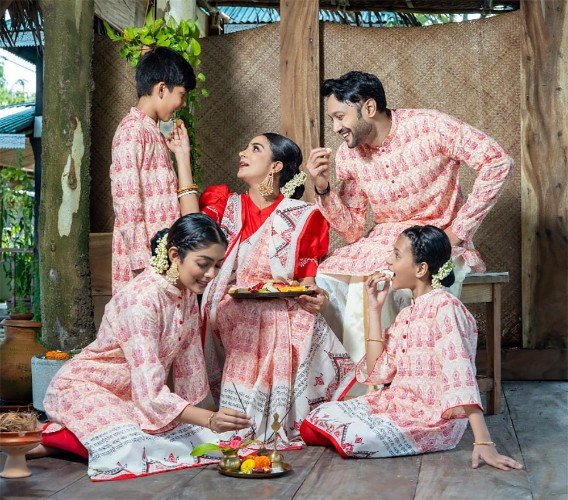
The Durga Festival, also known as Durga Puja, is one of the most significant and widely celebrated Hindu festivals, primarily observed in the autumn. It honors the goddess Durga, symbolizing the triumph of good over evil.
Typically celebrated over five to ten days, Durga Puja falls in the Hindu month of Ashwin (September-October) and marks the end of the monsoon season.
To get set and ready for Durga Puja, you can prepare by focusing on several key aspects: outfit, accessories, beauty prep, and mental/spiritual readiness. Here’s a guide to make sure you’re fully prepared for the festival!
Each day of Durga Puja can have a unique feel, so planning your wardrobe in advance will help you fully enjoy the festivities.
Here’s a breakdown of the clothing choices for men and women, typically seen during Durga Puja celebrations:
For Women:
Sarees:
l Traditional Bengali Sarees: In regions like West Bengal, women often wear the classic red-and-white saree (red border with a white or off-white base), known as Garad or Taant sarees, which are symbolic of purity and festivity.
l Silk Sarees: Rich, vibrant sarees like Banarasi silk, Tussar, and Kanjivaram are popular choices. These sarees are often embellished with intricate designs and golden zari work, adding a touch of luxury to the occasion.
l Dhakai Jamdani: A delicate, finely woven cotton or silk saree with elaborate patterns is another favorite during the festival.
Blouses: Women pair sarees with traditional blouses, often in contrasting colors or adorned with embroidery to match the festive tone.
Jewelry: Gold jewelry is commonly worn, especially in Bengal. Women adorn themselves with bangles, earrings, necklaces, and maang tikka (forehead adornment). Shakha-Pola (white and red bangles) are significant for married women.
Footwear: Traditional footwear like mojari or embellished sandals are preferred to complement the attire.

For Men:
Dhuti-Kurta:
l The dhoti is a traditional garment, often worn by men during religious festivals. It is usually paired with a kurta (a long, loose shirt).
l White dhutis with embroidered or zari borders, paired with colorful or silk kurtas, are popular during Durga Puja.
Panjabi/Pajama:
l In Bengali tradition, men wear panjabi (a type of long kurta) with pajamas or churidar (fitted trousers). These are often made of cotton or silk and can be simple or adorned with light embroidery for a festive look.
Sherwani or Kurta-Pajama: For more formal events during the festival, men may opt for embroidered sherwanis or heavily decorated kurta-pajama sets.
Footwear: Men often wear kolhapuri sandals or mojaris, which complement traditional attire.
For Kids’
Kids’ clothing during Durga Puja is all about combining tradition with comfort. Children are often dressed in festive outfits that are vibrant, colorful, and easy to move around in, allowing them to fully enjoy the celebrations.
Colors and Textures:
l The festive attire is usually bright and colorful, with reds, yellows, golds, and whites being the most favored during Durga Puja.
l Silk, cotton, and brocade fabrics are popular due to their rich texture and association with traditional Bangladeshi clothing.
These outfits not only reflect cultural heritage but also align with the rituals and customs of the Durga Festival, where vibrant colors and intricate designs enhance the celebratory mood.
 Weekly Bangla Mirror | Bangla Mirror, Bangladeshi news in UK, bangla mirror news
Weekly Bangla Mirror | Bangla Mirror, Bangladeshi news in UK, bangla mirror news



